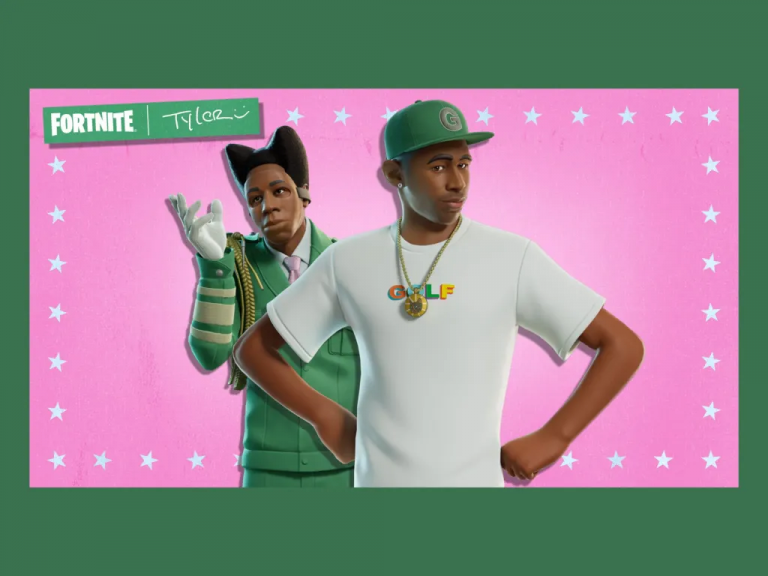
Musixmatch has launched Music Lens, an AI music-data tool that helps labels, publishers, and creators make smarter creative and business choices. Rolling out in Q1 2026, the product offers early access to select Musixmatch Pro partners. The aim is clear: convert vast, licensed catalogs into usable insights and faster workflows.
Core Features of Music Lens
Music Lens starts with four practical features designed for everyday needs. First, it matches songs to creative briefs to unlock new sync opportunities. Second, it turns global music trends into clear, actionable recommendations for releases and campaigns. Third, it generates release-ready visuals in seconds, cutting design bottlenecks. Fourth, it gives teams transparent views of royalties, splits, and DSP performance so rights holders can track earnings and allocate revenue more confidently. Together, these abilities help teams spot creative and commercial possibilities, embrace cultural trends, and streamline production within one dashboard.
Moreover, Music Lens emphasizes ethical data practices. Musixmatch uses permissioned, securely stored datasets drawn from a catalog of more than 100 million works. Additionally, recent licensing deals with Sony Music Publishing, Universal Music Publishing Group, and Warner Chappell added access to over 15 million more works. Therefore, the tool runs on “derived data,” created by processing and combining existing metadata and lyrics rather than relying on raw training inputs. Musixmatch calls this approach “one of the largest ethically licensed datasets ever assembled” for music analytics.
Empowering Creators
Max Ciociola, Musixmatch’s CEO, frames Music Lens as a supportive layer for the industry: “Music Lens represents a vision of how AI can empower, not replace, the people who create and manage music.” For example, A&R teams can match songs to briefs faster; marketers can spot trends sooner; and independent artists can check splits and DSP performance without delays.
In short, Music Lens packages ethical data, practical analytics, and creative tools into a single platform. As a result, labels and creators can move from manual searches to data-driven decisions. Ultimately, the tool promises clearer creative matches, faster asset production, and better visibility into how music performs and earns.





